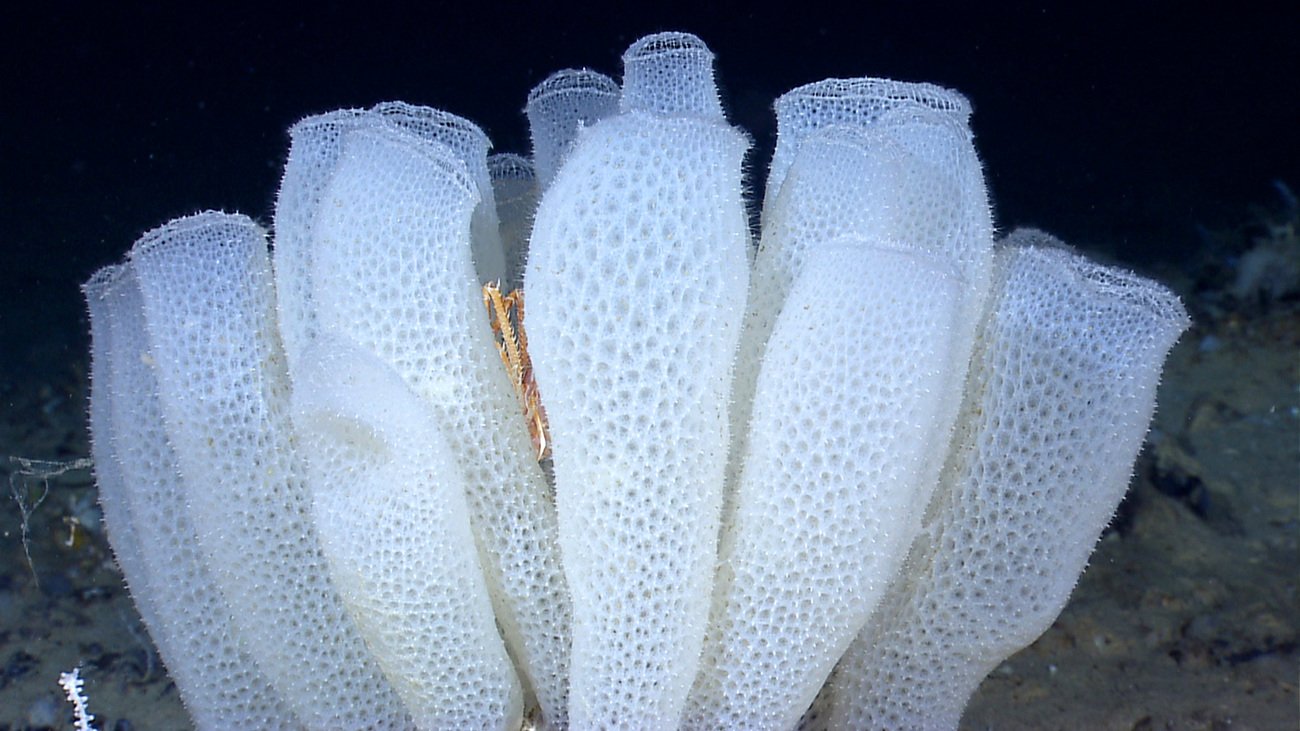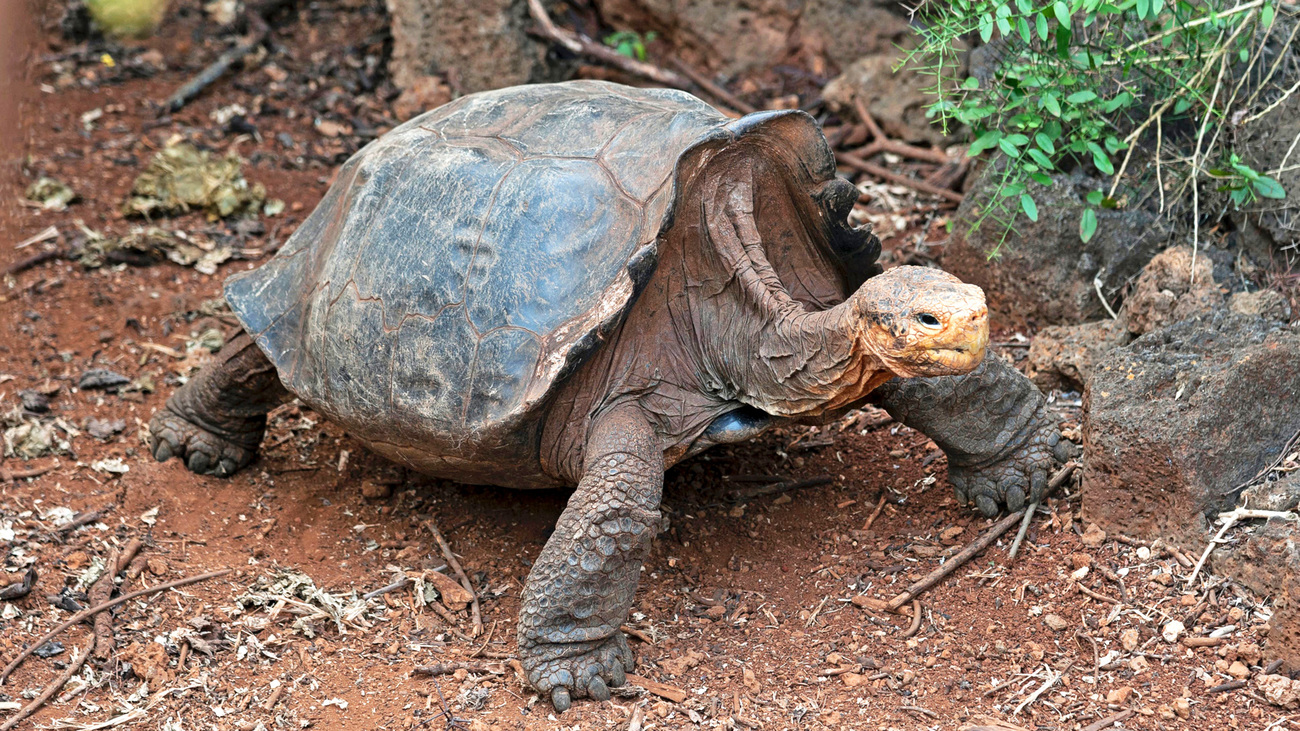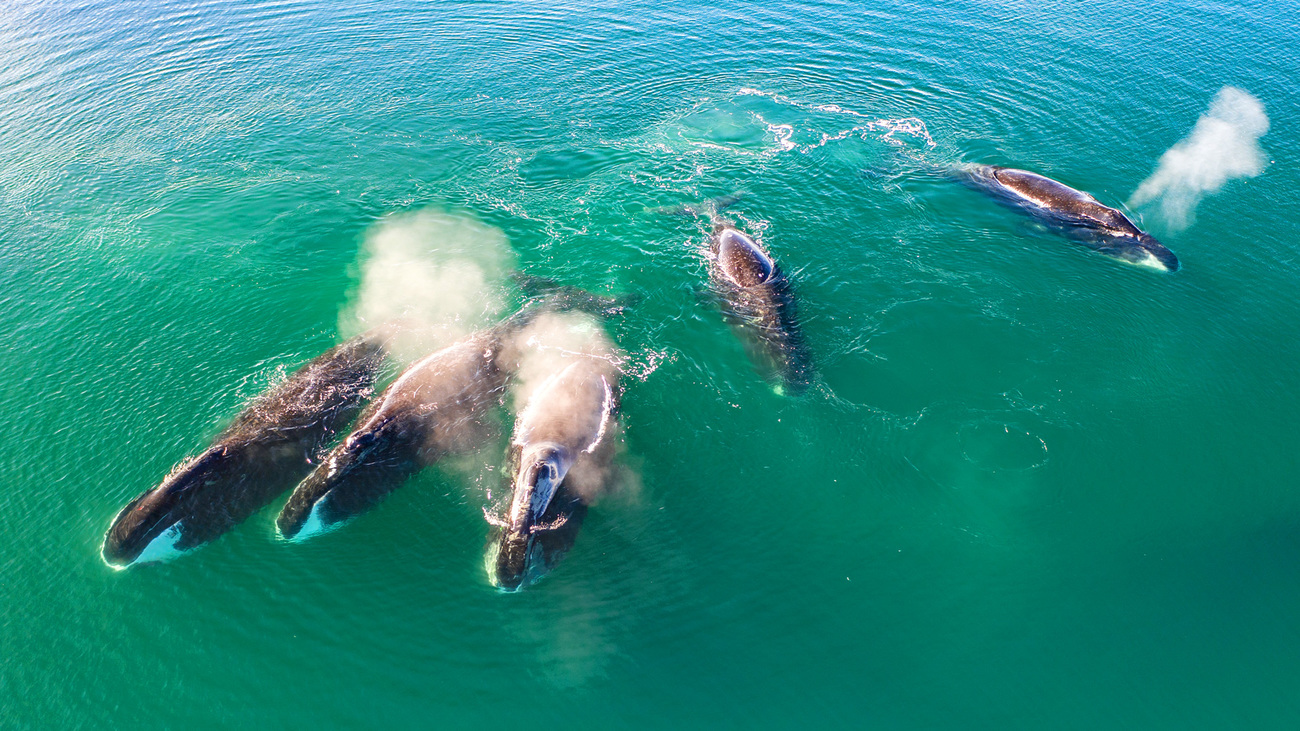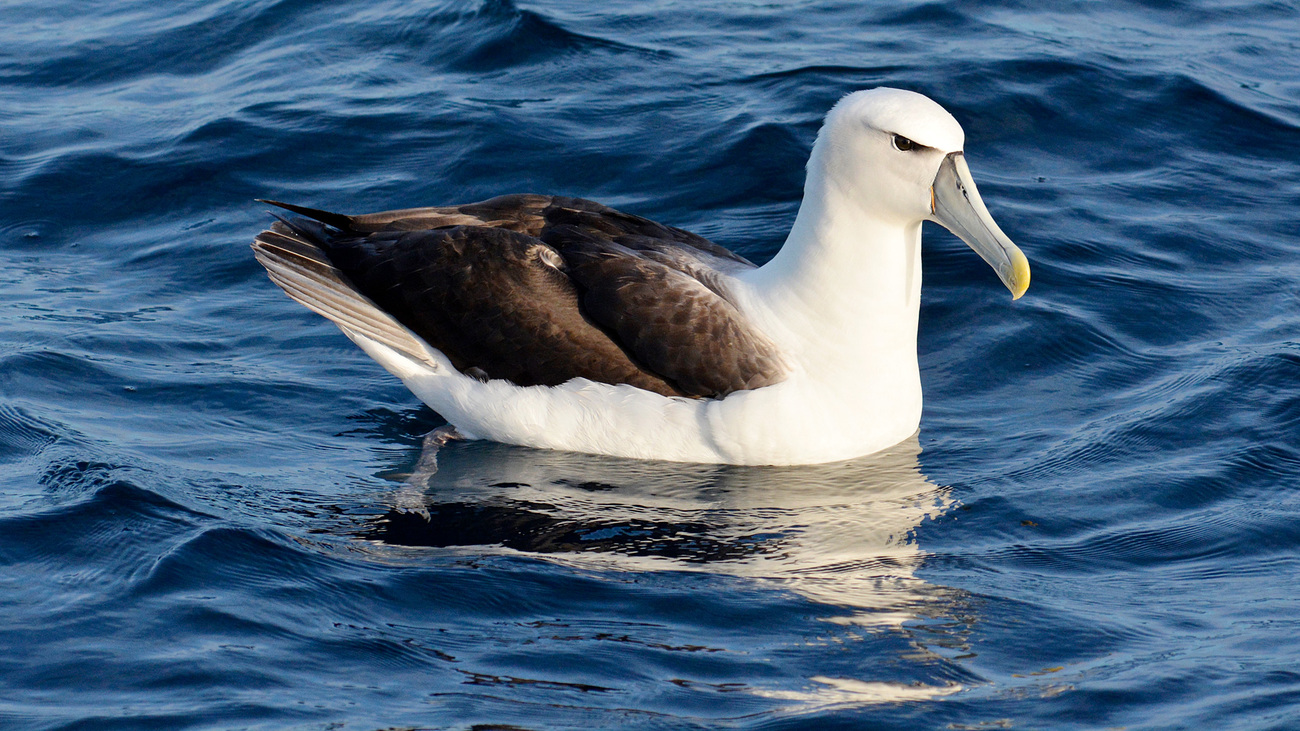Animals with the longest lifespans
Animals with the longest lifespans
Although many people are aware of the incredibly long lives of some turtles, tortoises, sharks, and elephants, the true top contenders for the title of animal with the longest lifespan might surprise you. Did you know that a sea sponge in Antarctica has lived for 15,000 years or that some corals in Hawaii have lived for almost 5,000?
Some animals have a rare trait called biological immortality, meaning their cells can regenerate infinitely, preventing biological aging. However, these animals can’t necessarily live forever, as they may still succumb to predation, disease, and changes in their environment. One example of a species with biological immortality is the aptly named immortal jellyfish. Another is the lobster—however, because lobsters continue to grow throughout their lives, they eventually outgrow their shells, meaning they often perish from exhaustion or shell collapse.
While the animals in this list can’t live forever, some can survive for hundreds or even thousands of years. Here are 11 animals with the longest lifespans known on Earth.
Glass sponges

Glass sponges are considered the oldest animals on Earth—and it’s by a long shot. Scientists estimate that they can live for more than 10,000 years, possibly 15,000 years maximum. One glass sponge observed by researchers in the Ross Sea, a bay of Antarctica, is thought to be the oldest living animal on the planet. Scientists have also discovered a skeleton of a glass sponge in the East China Sea that they believe lived for 11,000 years. These individual animals are so old that they could have been alive during the last ice age.
While sea sponges are often thought of as rocks or plants, they are in fact members of the animal kingdom. Glass sponges, one type of sponge known for their large, complex, glass-like skeletons, spend their lives attached to hard surfaces, filtering water to consume bacteria and plankton. Their body structure provides a habitat for other animal species, like small crustaceans.
Black coral
Known for their bright colours and beautiful, rock-like formations, corals are some of the longest-living animals on Earth. Some coral species can live up to 5,000 years, and two of the oldest are found in the deep ocean near Hawaii. A gold coral was estimated to be about 2,740 years old, and a black coral was estimated to be about 4,270 years old—which means it was alive during the Old Kingdom of Ancient Egypt. Black corals in the genus Leiopathes are now known to be the longest-living corals in the world.
Giant barrel sponges
Another sea sponge makes the top three of the oldest animals on Earth—the giant barrel sponge, found in the Caribbean Sea. Researchers estimate that some individuals found near Key Largo, Florida, may be over 2,300 years old—meaning they began their lives during the time of the Roman Empire. This species is called the ‘redwood of the reef’ because of its large size and long lifespan. It’s also an important organism for increasing habitat complexity and filtering seawater in its ecosystem.
Greenland sharks
Greenland sharks are the longest-living vertebrates in the world. The oldest known individuals recorded by scientists have been about 400 years old, though with the large margin of error, it’s possible that they could live for more than 500 years. Researchers think that living in such cold waters of the North Atlantic and Arctic Oceans probably helps slow down the metabolic processes and biochemical activity of these sharks, extending their lifespans. It’s thought that female Greenland sharks aren’t ready to breed until they are 156.
Tortoises

Tortoises are well known as some of the longest-living animals on Earth. One long-living species is the Aldabra giant tortoise, which is also one of the largest tortoises. Native to the Seychelles, these reptiles can generally live up to 150 years and reach weights of up to 250 kilograms (550 pounds). One individual Aldabra giant tortoise lived in captivity in India and was thought to be 250 years old—named Addawaita, this tortoise died in 2006.
Another Aldabra giant tortoise, named Jonathan, is reported to be about 191 years old and may be the oldest living land animal today. Currently, Jonathan is cared for by a veterinarian on the island of Saint Helena.
The critically endangered radiated tortoise is another species with an incredibly long lifespan. Found in Madagascar, these tortoises can live in the wild for up to about 50 years. However, one individual in captivity supposedly lived to the age of 188. In 1966, this tortoise, named Tu’i Malila, died at the royal palace in Tonga, and was said to have been born in 1777.
One of the most famous tortoises was Harriet, a Galápagos tortoise who was likely born sometime around 1830 and was taken into captivity by Charles Darwin. Harriet spent much of her life in Australia and died in 2006 at the Australia Zoo at over 175 years old.
Sadly, many tortoise species are endangered due to human activity and disturbance. Many are poached for consumption or for the exotic pet trade. IFAW is working to combat wildlife crime and protect animals like tortoises.
Ocean quahogs
It’s common for ocean quahogs to be centenarians, and they can live up to 225 years. These clams are found in the North Atlantic from Newfoundland to North Carolina, and they are commercially harvested for human consumption. They grow very slowly, not reaching reproductive maturity until age 6.
Bowhead whales

Found in the icy waters of the Arctic and subarctic ocean, bowhead whales are considered the longest-living whales—which also makes them the longest-living mammals. They can live for over 200 years, and they don’t become sexually mature until around age 25.
Though bowhead whales are not endangered today, they have been depleted by commercial hunting and still face the threat of entanglement in fishing gear. Melting sea ice may also pose a threat, as the Arctic opens up to more shipping activity. Bowhead whales are protected under CITES, the US Endangered Species Act, and the US Marine Mammal Protection Act.
Rougheye rockfish
Rougheye rockfish are deepwater fish found in the North Pacific. They can live for over 200 years. They are unique among their relatives, as many other rockfish can only live up to 11 years. Researchers have found that these fish generally start breeding at age 25, and they produce more and stronger young as they get older.
Lobsters
It’s difficult to determine the age of lobsters, as they don’t leave much evidence behind when they shed their shells. However, researchers believe that American lobsters can live to be 100 years old. European lobsters may have a slightly shorter lifespan, as the oldest European lobster was reportedly 72 years old. One particularly old American lobster, dubbed George, was caught in 2009—estimates based off his weight suggested he could have been 140 years old. After living in a restaurant’s tank for about 10 days, George was then released back into the ocean in Maine.
Tuataras
Tuataras have one of the slowest growth rates of all reptiles, and they can live for up to 100 years. These lizard-like animals are the largest reptiles in New Zealand and are the only living members of the order Rhynchocephalia—they’re sometimes called ‘living fossils’ since they have no living relatives. Male tuataras have sharp spines running down their backs, which they use to attract mates and defend themselves against other males.
Cockatoos
The oldest confirmed bird in captivity was a pink cockatoo named Cookie, who lived until age 83 at Chicago’s Brookfield Zoo. A famous sulphur-crested cockatoo in captivity named Cocky Bennett was rumored to have lived until age 119, but his age is unconfirmed. Generally, the average lifespan of a sulphur-crested cockatoo in the wild is 40 years, but other cockatoo species may live longer.
In captivity, cockatoos can generally live up to 60 to 70 years, which makes them very difficult to care for. Unfortunately, this has not deterred the poaching of cockatoos from the wild for the exotic pet trade.
Albatrosses

The oldest wild bird on record is Wisdom, a female Laysan albatross who is estimated to be about 72 or 73 years old as of 2024. She was seen alive and healthy in December 2023 on Midway Atoll in the Pacific. Researchers first tagged her in 1956, and she was estimated to have hatched around 1951.
It’s tricky to tell how old birds are, as they don’t show signs of aging in the same way other animals do. Once they acquire their adult plumage, they tend to look the same for the rest of their lives, unless they become ill or injured. You may be surprised to learn that many birds can live as long as the average human—ravens have been known to live for 69 years, and many parrots can live up to 60, 70, or 80 years.
Elephants
As some of the largest animals on Earth, it’s not surprising that elephants have long lifespans, as a large size in mammals generally corresponds to a slow metabolic rate. African elephants are estimated to have a maximum lifespan of about 74 years, while their Asian elephant cousins can live up to about age 80. The world’s oldest recorded elephant is thought to be an Asian elephant who lived to age 89 in captivity.
Unfortunately, all elephant species are facing serious threats to their survival. Drought and climate change are limiting their resources, human expansion is reducing and fragmenting their habitat, and poaching is still a rampant problem. Learn more about how IFAW is working to protect elephants through our Room to Roam initiative.
Want to help protect wildlife around the world?
Related content
Every problem has a solution, every solution needs support.
The problems we face are urgent, complicated, and resistant to change. Real solutions demand creativity, hard work, and involvement from people like you.